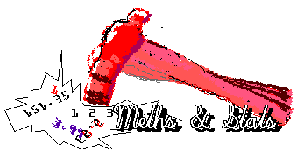
|
Research manifesto
|
The starting point for any data analysis involves seeing what the data looks like - Eye Balling There are quite sophisticated ways of eye-balling your data using mainly Exploratory Data Analysis. But this requires yet another level of statistical knowledge. It is a level that some people find easy and others find it very difficult. The informal approach to eye-balling starts with frequency distributions. You should always generate frequency distributions for your data. Under SPSS you should include all statistics including skew and kurtosis. The starting point for eye-balling is to simply inspect the type of distribution you have. You ask yourself the question : Are there any odd-bods?. Technically, you are looking for outliers - cases which are extreme against the rest of the distribution. For example:
Another example could be:
To check out possible outliers, you usually have to go back to your raw data and look at individual cases. Alternatively you can sort your data and look at the potential outliers in isolation from the rest. Basic descriptives For those data elements which are parametric you should ask your stats package to print out the descriptives. SPSS can give you the mean, standard deviation, range and valid cases. What you are looking for here is :
unexpected results the missing cases you have for each item in the data base.
The next thing to look at is the shape of the distribution:
How much is it off centre - skew
AND.... When you have finished eye-balling your data, you have some basic ideas about how coherent your data base might be. What you will be able to do is to say that you know that there is nothing odd about the data because you have been able to sort out any problems which have arisen. This means that whatever results you get you should be able to interpret them without worrying about data which might have distorted outcomes.
|